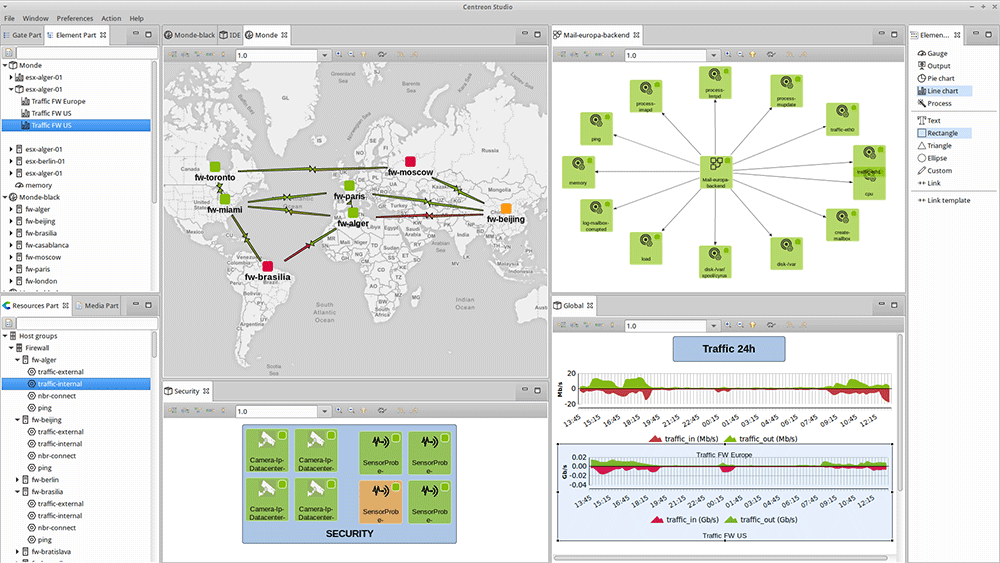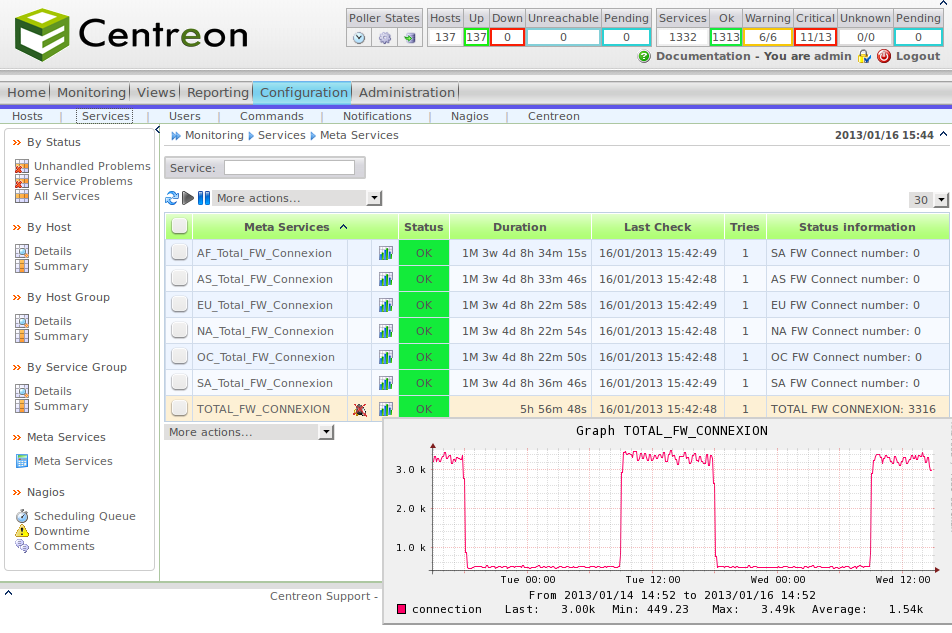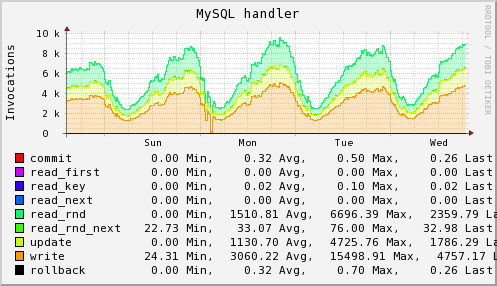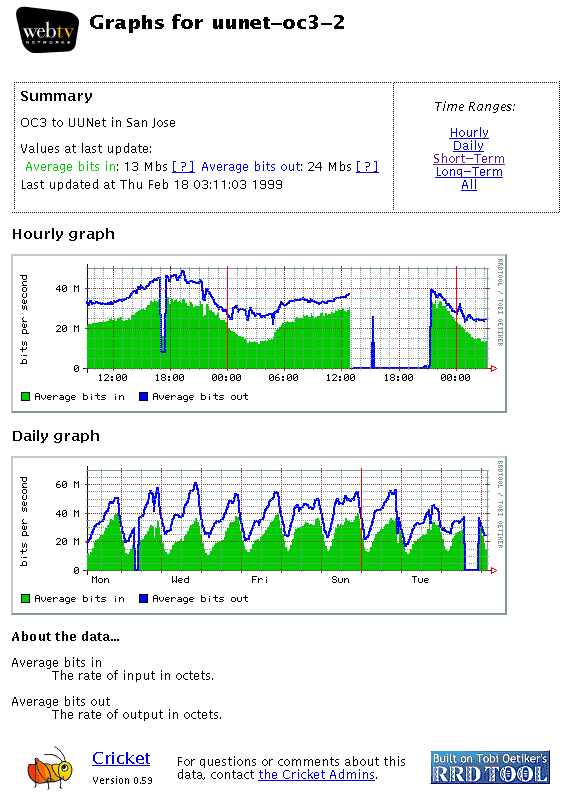5. Centreon
Centreon, based on Nagios, is the system and network monitoring software adapted to the needs of your ISD. It combines Open Source flexibility with the essential features of excellent supervision.
Some of the many features of Centreon Engine include:
- monitoring of network services (SMTP, IMAP, HTTP, NNTP, PING …).
- monitoring of host resources (processor load, disk usage …).
- simple plugin design that allows users to easily develop their own service checks.
- parallelized service checks.
- ability to define network host hierarchy using “parent” hosts, allowing detection of and distinction between hosts that are down and those that are unreachable.
- contact notifications when service or host problems occur and get resolved (via email, page, or user-defined method).
- ability to define event handlers to be run during service or host events for proactive problem resolution.
- automatic log file rotation.
- support for implementing redundant monitoring hosts.
System Requirements
The only requirement of running Centreon Engine is a machine running Linux (or Unix variant) that has network access and a C++ compiler installed (if installing from source code).
official link: https://www.centreon.com
6. Collectd
collectd is a daemon which collects system performance statistics periodically and provides mechanisms to store the values in a variety of ways, for example in RRD files.
Collectd gathers statistics about the system it is running on and stores this information. Those statistics can then be used to find current performance bottlenecks (i.e. performance analysis) and predict future system load (i.e. capacity planning).
<ul
- High-resolution statistics – This allows collectd to have a 10 second default resolution while being nice to the system. It runs on small embedded WLAN routers with OpenWrt without much impact on the CPU.
- Sophisticated network code – collectd utilizes a data push model, i.e. the data is collected and sent (pushed) to a multicast group or server. Thus there is no central instance which queries any values
- Custom extensions – There is a variety of means by which you can extend the functionality of collectd to your needs
- Scaling – collectd is able to handle any number of hosts, from one to several thousand. This is achieved by utilizing the resources as efficient as possible, e.g. by merging multiple RRD-updates into one update operation, merging the biggest possible number of values into each one network packet
- SNMP support
- Integration with monitoring solutions – Collectd allows you to send notifications through the daemon and allows for simple threshold checking. However, collectd is not a monitoring solution. Is is possible to integrate collectd with popular monitoring solutions such as Nagios
7. Cricket
Cricket is a high performance, extremely flexible system for monitoring trends in time-series data. Cricket was expressly developed to help network managers visualize and understand the traffic on their networks, but it can be used all kinds of other jobs, as well.
Cricket has two components, a collector and a grapher. The collector runs from cron every 5 minutes (or at a different rate, if you want), and stores data into a datastructure managed by RRD Tool. Later, when you want to check on the data you have collected, you can use a web-based interface to view graphs of the data.







